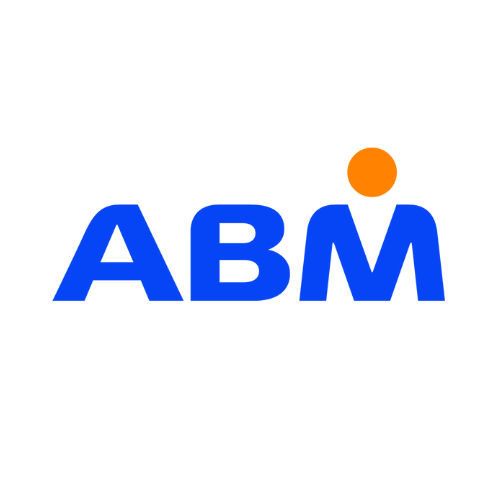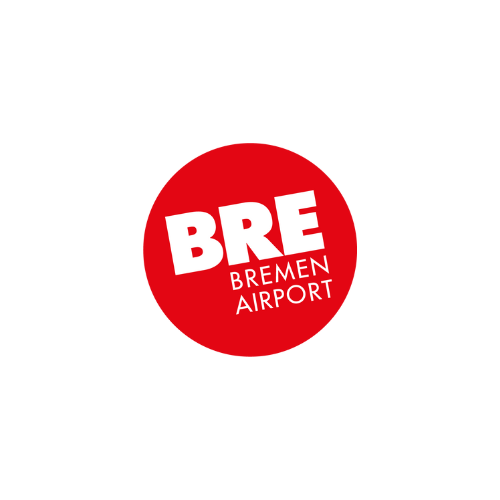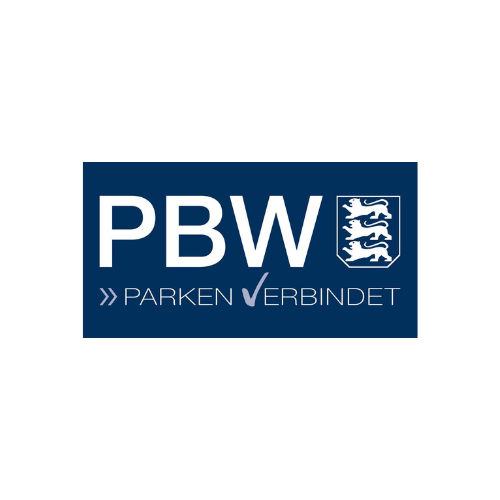When it comes to getting the most from your customers, it’s important to understand the importance of customer retention. When you keep your customers longer, engaging and building relationships with them, the lifetime value of those customers will grow. In fact, engaged customers deliver 23% more revenue and profitability than the average buyer.
Customer retention has also been shown to result in customers who make higher value purchases. For example, a passenger who has visited the airport and bought parking direct with the airport is more likely to buy flights from the airport next time they travel.
Acquiring new customers, while it’s less cost-effective than retention, is another way to boost revenue, and it’s an important method for increasing brand reach.
However, acquisition and retention aren’t the only strategies you can use to increase passenger spend and value. It’s also possible to build revenue and loyalty by increasing per-customer sales where you simply sell more to your existing customers.
This idea is most frequently approached with the use of up and cross selling. However, many companies overuse these methods, creating a negative impact on customer relations where there should only be positives. Yes, up and cross sell are both valuable techniques, but it’s important to offer them at the right time and in a really relevant, personal way.
The question was raised in Rezcomm’s recent Travel Marketing Webinar: Which travel marketing tactics would you recommend for increasing spend per passenger?
Making contact with the customer
When your airport is preparing travel-marketing campaigns, you are naturally looking to attract new customers, retain existing passengers and build awareness about your products, routes, services and everything else you have to offer. However, once the customer has engaged with that message and is searching to book flights on your website, you have a direct opportunity to communicate other products to them.
This begins with marketing permissions. Once a customer has signed up to receive newsletters and travel campaigns, your airport is well placed to communicate with that customer in a personalised way. Without that direct contact and the rich data that comes from the customer’s information, marketing is basically ‘one-size-fits-all,’ and that is much less effective. This is particularly relevant because customers who buy flights direct from the airport are more often than not people who have used the airport in the past, had a good experience with the airport and have developed brand trust as a result. A customer who bought flights from a comparison site and booked parking through your airport website may not have even known that they could book flights direct from the airport.
Victoria Wallace, Director of Digital at Rezcomm explains:
“It’s a really important part of the ecommerce checkout to get permission to market to people. Once somebody gives you permission to communicate with them you have all those opportunities to tell them about all the other things that they might want to buy from the airport. Although the communication might start with travel marketing it can go on to develop a fully formed relationship. The rich data that you get from a travel booking allows you to personalise all of the information you communicate to that passenger, which gives you many more opportunities to monetise.”
Of course, the other reason to make sure you get permission to market to your customers is that consent is necessary under GDPR legislation. If you don’t have overt consent to send marketing messages, you’re breaking the law and can be subject to severe penalties.
Make your ‘subscribe’ CTA visible
There are plenty of places you can put a ‘subscribe’ box. When a customer is searching your website, offering the option to subscribe to receive news of special offers and new destination adds value to their experience. The ecommerce checkout is another opportunity to ask people to check a sign-up box. The customer has already given you all of their information and shown that they’re interested in buying from you, so they have an incentive to subscribe to marketing emails. Make sure the CTA is clear, intuitive and visible. Customers shouldn’t have to search for your subscribe button, or have any trouble knowing what you need them to do.
Increasing passenger basket value
Whilst too much up and cross selling in a retail context can be a turn-off, the airport is at an advantage in that every product and service it offers is relevant to the passenger journey and experience. This means you can suggest products during the flight booking process that will add value to the customer.
Victoria Wallace says:
“In terms of flight search, one of the best ways to increase spend per passenger is to simply bundle products into the basket. When somebody is already buying their flight from the airport, there is definitely an opportunity to sell parking and lounge at the same time. Customers who book flights with the airport are loyal; they’re serious about their relationship with the airport, and these loyal passengers are definitely more open to considering ancillary products as part of their flight booking.
When you make sure the customer has a single basket they can put all their products and services in, you get an accurate single-passenger view, which is a great opportunity to increase spend per passenger.”
Selling to a captive audience
Sean Staff, Marketing Communications for Regional and City Airports, explains how it’s possible to do this after the booking is completed too:
“What I do, and what we do at RCA with email marketing is to make sure we’re there at every step of the journey once the passenger has already booked. It’s about knowing whether there is a product that might suit them better. It’s about spotting opportunities to up-sell and cross sell, and working closely with all of your concessions and making sure that all of the content that you put into all of the communication with your passengers is really valuable you know and really compelling.”
As he says, this is particularly relevant once the passenger is inside the terminal building:
“One specific advantage is the ability to communicate with passengers when they’re there in the departure terminal and say, ‘Whilst you’re here; here’s a compelling offer for you.’ Then it’s not just about kind of making money, it’s about optimising that journey and the bonus is that you build the loyalty, you increase spend, and that’s what we’re all trying to achieve. Using those automated emails and making sure the content is relevant to the passenger is key.”
Using Rezcomm’s drag and drop editor, it’s easy to send automated emails full of engaging information. Blocks of dynamic content can be designed to make sure the email is really relevant as different products are triggered by previous buying behaviour or customer demographics. This means you can market a single destination in a variety of ways, depending on what your customer wants to get from their trip.
Selling to improve customer experience
Andrew Williamson, Commercial Product Manager at London Gatwick Airport believes it’s possible to increase spend per passenger by focusing on customer experience:
“I think it’s about improving that passenger experience and the ancillary revenue opportunities that sit in there,” he says.
“At Gatwick, we’re very much at the point now of just mapping out what that customer journey looks like. I think when customers give you that permission to market to them we’re looking at how we can use the information we’ve got about that customer to really play to them, to enhance their experience and add value to them. By doing that, we’re ticking all the boxes on customer loyalty, the ancillary value and customer value.”
Customer experience really is key: According to Forbes, customers are willing to spend 16% more on products that improve their experience. If you look at up-selling and cross selling from the customer’s perspective, airport passengers want an easy, smooth journey through the airport and beyond, they want an enjoyable experience, and they might even fancy a touch of luxury. Where you might be looking to sell your airport as a destination, offering lounge time or even a glass of bubbly in the lounge, the customer wants to know what you offer. While there’s less point marketing high value lounge experiences to someone who always chooses the budget option, passengers who book premium services will want to know about your VIP package.
Customer segmentation for targeted selling
The customer segmentation that makes it possible to tell the right customer about the right product at the right time is an important feature of your CRM system. Rezcomm’s world’s first combined platform for airport sales, marketing and customer centric analytics makes it easy to collect and harness rich customer data, landing you more sales through smart passenger profiling. You’ll reach more customers and those customers will be happier and more profitable. You’ll find more to focus on than simple customer acquisition and retention because your airport will have the tools to offer a world-class customer experience and personalised product recommendations, making each of your customers more valuable.
Rezcomm partners with airports worldwide to provide ecommerce, CRM and marketing solutions. If you would like to find out more about how our products can help you use your travel marketing campaigns to increase per-passenger spend, contact the team today.




























